Liverpool play six games over this ‘Christmas period’ (including the Palace game and up to the FA Cup tie vs. Aston Villa on January 8; back in 1983 it was seven games, including two in 24 hours!
This month, Jurgen Klopp has once more found himself marching to the beat of his own drum. His campaign to return to the five substitutes rule lies in tatters after 10 Premier League clubs voted against it.
Liverpool, and all the rest, will now simply have to get on with it and the inevitable burgeoning injury lists to follow. Thankfully Jurgen and his backroom team have proven particularly adept at coping with those challenges already.
As if things weren’t already bad, a crazy eight games in December and a treatment room bursting at the seams, something that would have been the stuff of nightmares just a few seasons ago, has given Klopp and his team the mother of hurdles to overcome on their quest for the club’s 20th league title.
Not that Jurgen needs to turn to the past for inspiration. Sitting at the top of the pile despite those slings and arrows of outrageous fortune, Liverpool have made a mockery of their ‘problems’.
If he where to stare in the sands of time though, Klopp could do no worse than looking to the Christmas of 1983 for inspiration. This was a season when a much smaller Joe Fagan team overcame similar obstacles to glorious effect.
Parallels
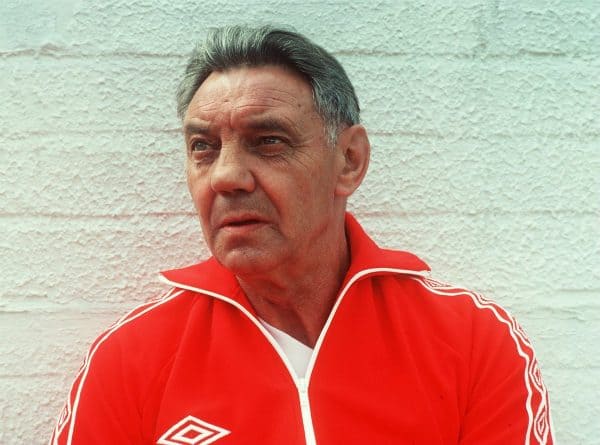
A review of the headlines from 1983 reveals tales of embassy sieges, bombings, pit closures and bizarrely red rain falling on the streets of the UK. This was the era that forecast the end of the vinyl record, with the launch of the compact disc, of Culture Club, Madness, Fun Boy Three, Spandau Ballet, Duran Duran and Simple Minds. Meanwhile, an acapella band called the Flying Pickets would climb to the top of the charts on Christmas Day with their version of ‘Only You’.
The Tories had won a landslide in the general election, the opposition were in turmoil, unemployment soared and Christmas was looking to be a bleak affair. Sound familiar?
To add to the apparent parallels with 2020, Liverpool were reigning champions and about to head into a December so congested it would see them play two games in just 24 hours. And, they would do all of that with only one substitute allowed on the bench.
This was football in the 1980s though, and there would have been few protests if any from the men in dugout. Joe Fagan‘s Reds would play 67 games in a season where he would use just 17 players. Two of them; Gary Gillespie and Phil Thompson featured only once, meaning Joe relied on just 15 players to navigate one of the club’s most congested of seasons while winning three major trophies, including the First Division Championship and European Cup.
Like Klopp’s Reds, the Liverpool of the Fagan era faced eight games in the month of December.
They would head into the festive period on top of the league and got December rolling with an edgy 1-0 win over Birmingham at Anfield in a game noted more at the time for the comically-sized tin of Crown Paints (the club’s sponsor in 1983/84) sitting in the centre circle before kick off than the action during the game. Liverpool finally secured the points thanks to a goal from Ian Rush in the 86th minute. It had been a poor performance, one the Guardian described as “dismal”.
However, in terms of mediocrity, it couldn’t hold a candle to the one that followed at Highfield Road. Coventry City had been most people’s favourites for the drop, they’d said goodby to Dave Sexton and appointed Bobby Gould as manager and in a show of ambition had added 7,000 seats to their ground.
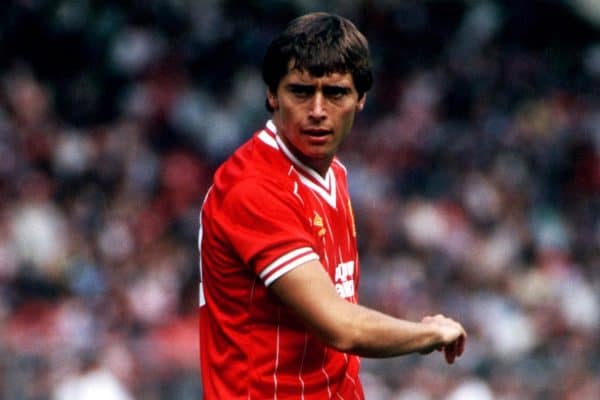
Their new manager had set about overhauling the club and was alaready boasting that his experience in the lower leagues meant he was more than a match for anything the First Division had to offer. By the end of the day, his hubris was looking more than justified. His Coventry side, boasting a young Sam Allardyce and Stuart Pearce, ran out shock 4-0 winners against the champions.
In an eerie mirror image of today’s stories surrounding the Reds’ current star striker, Liverpool had gone into the game with one newspaper headline claiming that they were resigned to losing Kenny Dalglish to Rangers, with Fagan looking to the transfer market to replace him. Despite their league position, the Anfield side looked a shadow of their former selves, and hard as it is to imagine, especially given the benefit of hindsight, there were more than a few rumblings of discontent amongst supporters. Thankfully there was no such thing as social media back then.
The Reds would make amends seven days later, with a thumping 5-0 victory at home to a struggling Notts County side managed by ex Liverpool player Larry Lloyd. While most headlines saluted the Reds as ‘Avengers,’ ‘Rampant,’ or praised them for being ‘Back in the Groove,’ a seemingly disgruntled Patrick Barclay fumed in the Guardian, at how “lucky” Liverpool’s 5-0 demolition of County had been. Citing a series of decisions that went their way as he dissected the minutia of the game, he would also suggest that, after their hammering at the hands of Coventry a week earlier, they were simply “lucky” that their next opponents were so bad.
Still a point clear at the summit, the Reds now headed into the League Cup 4th Round, a competition they had already won in the previous three seasons. A draw at St Andrews on the 20th meant an unwanted replay just two days later on the 22nd December. There would be no squad rotation though, despite the horrendous schedule, Fagan named an unchanged team and the same substitute on the bench for the cup tie. Liverpool won the replay at Anfield 3-0.
Safely through to the Fifth Round of the League Cup, no doubt with their muscles screaming for mercy and battling all manner of fatigue, the Reds had one more gargantuan hurdle to surmount.
2 games in 24 hours
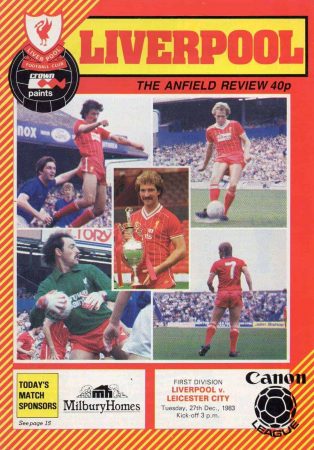
The Gods of the football fixture list, not yet computerised of course, had conjured up two games in 24 hours. Liverpool would face West Bromwich Albion at the Hawthorns on Boxing Day before returning to Anfield to face Leicester City on the 27th.
The Reds would go into both games with the same 11 that had played two games in 48 hours against Birmingham, and the same substitute, David Hodgson.
Doubtless, preparations wouldn’t have been as meticulous as they are now. Players would famously indulge during the festive season. The pitches during winter would have been hard as stone and this meant more than a few would play on despite niggling injuries, a factor that no doubt shortened more than a few careers.
Some look back on this period and use it as a stick to beat what they call “pampered” players and “moaning managers.” I prefer to see the sports scientists employed today, squad rotation and performance monitors as progress. I simply wonder what more the likes of Fagan’s Reds could have achieved if they had the same.
To back this up, I would like to call into evidence, exhibit A; Liverpool’s herculean efforts against Leicester City on the 27th December 1983. After beating West Brom 2-1 in the Midlands, Liverpool would line up against a Foxes side boasting a young Gary Lineker, future Red Kevin MacDonald, and former Liverpool player Gordon Milne.
Doubtless struggling from their recent exertions, Fagan’s men fell two goals behind, thanks to an early strike by Alan Smith, who would go on to play for Arsenal and a 70th-minute goal from Ian Banks.
Staring defeat in the face, fans on the Kop would have no doubt been muttering curses about their heroes’ hangovers. The manager would later say that his players had looked “down and out” with just 20 minutes left to go. However, a previously lacklustre Reds team seemed to see the visitor’s second goal as an insult. Rather than crush them, it appears to have angered them.
Within four minutes Dalglish has fed in Sammy Lee, who halved the deficit for the Reds. Then in the 83rd minute Liverpool’s number seven, the subject of earlier transfer speculation, set up Ian Rush to level the score. A jubilant crowd celebrated. Their blushes had been spared. The Reds would stay top of the league by three points. But the players weren’t finished there. With just three minutes remaining, Liverpool won a penalty in front of a baying Kop.
Sadly, Souness’s spot-kick was saved, but to have come through so much over the Christmas period and to have mounted a fightback like that is simply incredible. But there was yet another challenge waiting for Liverpool during the Christmas campaign of 1983.
The Reds now faced an acrimonious encounter with Brian Clough and Nottingham Forest at the City Ground on New Years Eve. With seemingly no love lost between the pair, Clough would devote much of his programme notes to blaming Fagan for getting Stoke City‘s boss sacked earlier in the season. He concluded his message with this:
“I wish Joe Fagan in his first full season in charge at Anfield everything that he would wish everybody else.”
For Joe’s part, he would later describe encounters with Forest as less like a game of chess and more like draughts. Shades of Mourinho and Klopp there. Maybe.
Liverpool won the game 1-0 thanks to their prolific striker, Ian Rush, and no thanks to a string of errors by Bruce Grobbelaar that had the Forest fans singing, “Brucie’s got a handbag,” or something like that.
They would enter 1984 where they had started 1983, at the very summit of English football. They may have changed the man in the dugout, but as surely as night follows day, success just rumbled on.
The Reds would go onto a historic treble that season, despite a smaller squad and an equally gruelling fixture list to the one endured by today’s crop. Perhaps it is a symbol of how the players of old thrived on adversity, of their toughness and mental strength. You could say the same of Klopp’s charges though.
In the end, there will always be a part of me that wonders how much more those great teams of the past could have achieved over a longer period of time, if they were a little more “pampered.” Hopefully, Jurgen’s Reds will prove me right.
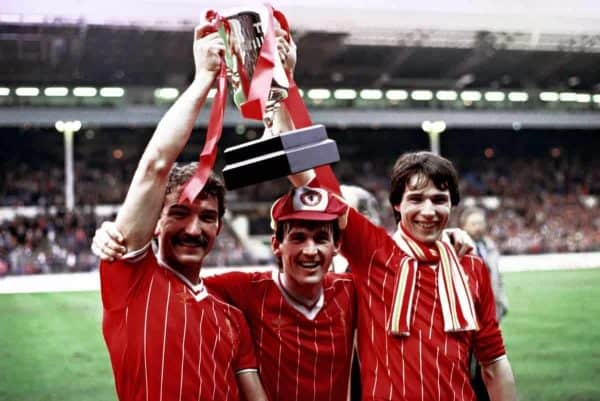

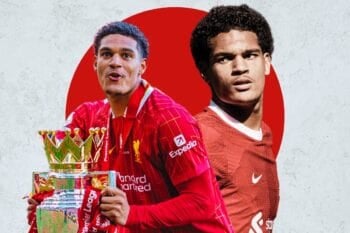

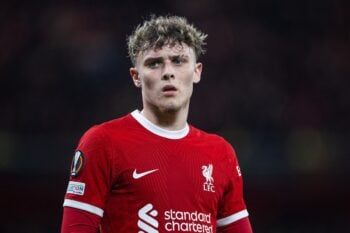
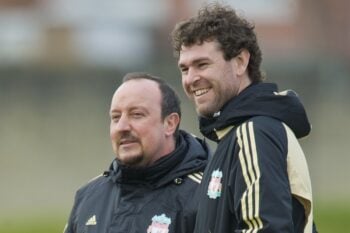

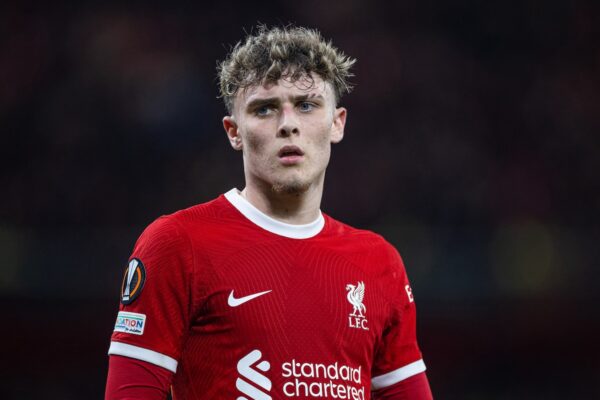
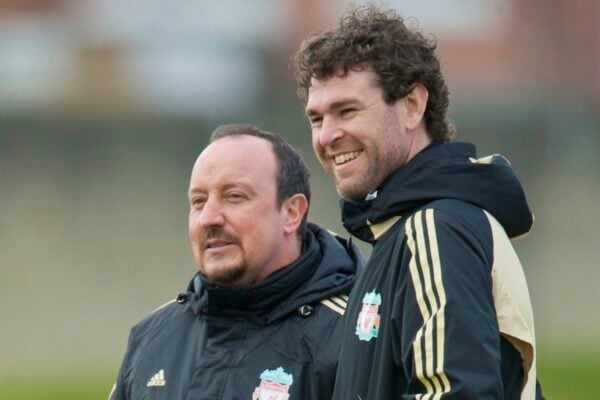

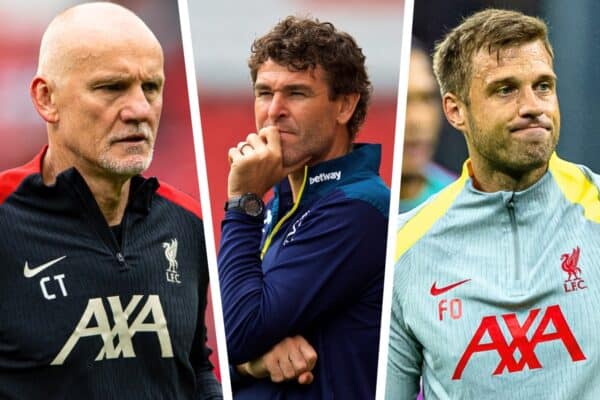
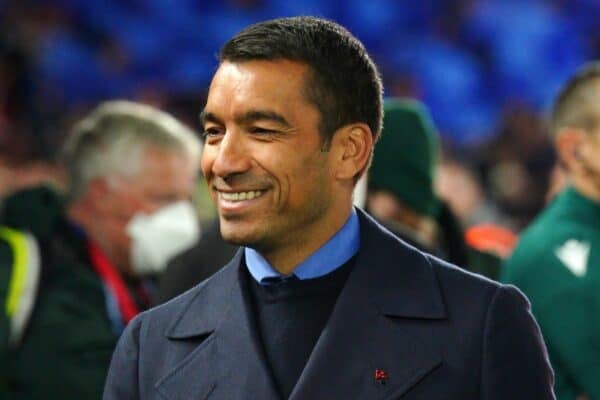
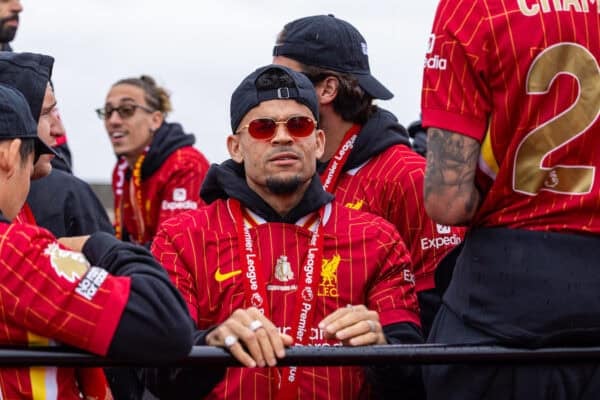
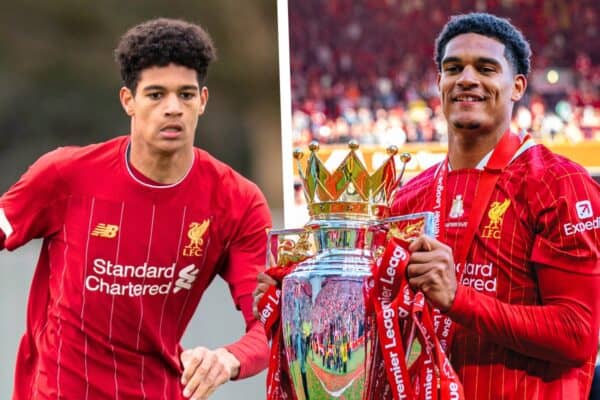
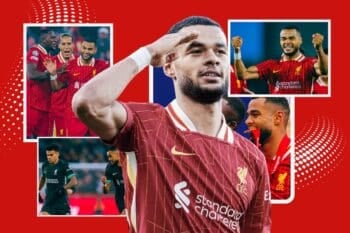


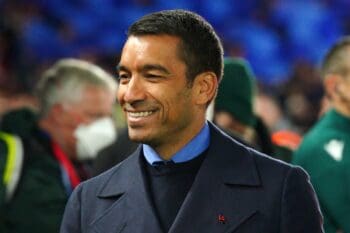
Fan Comments